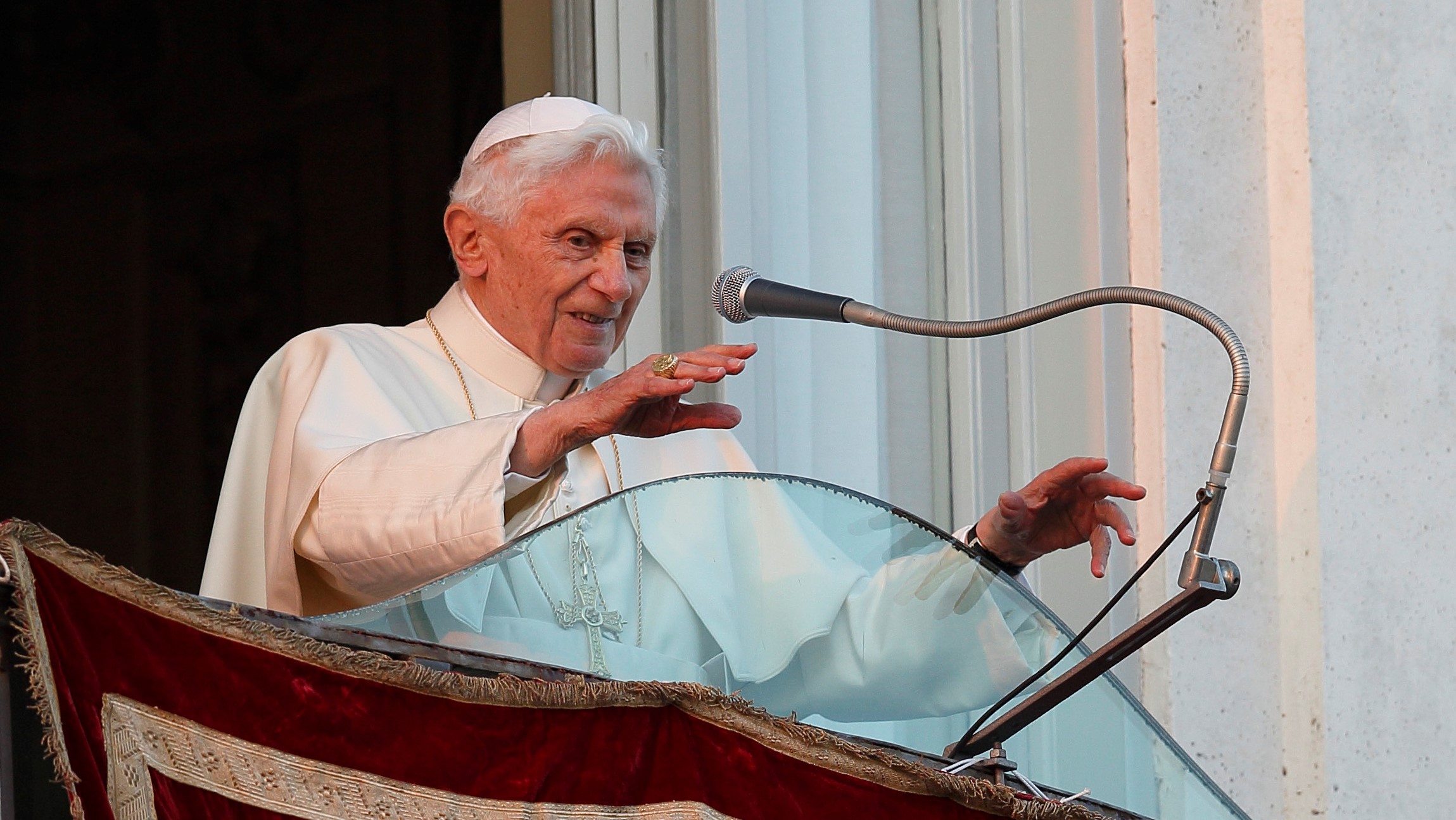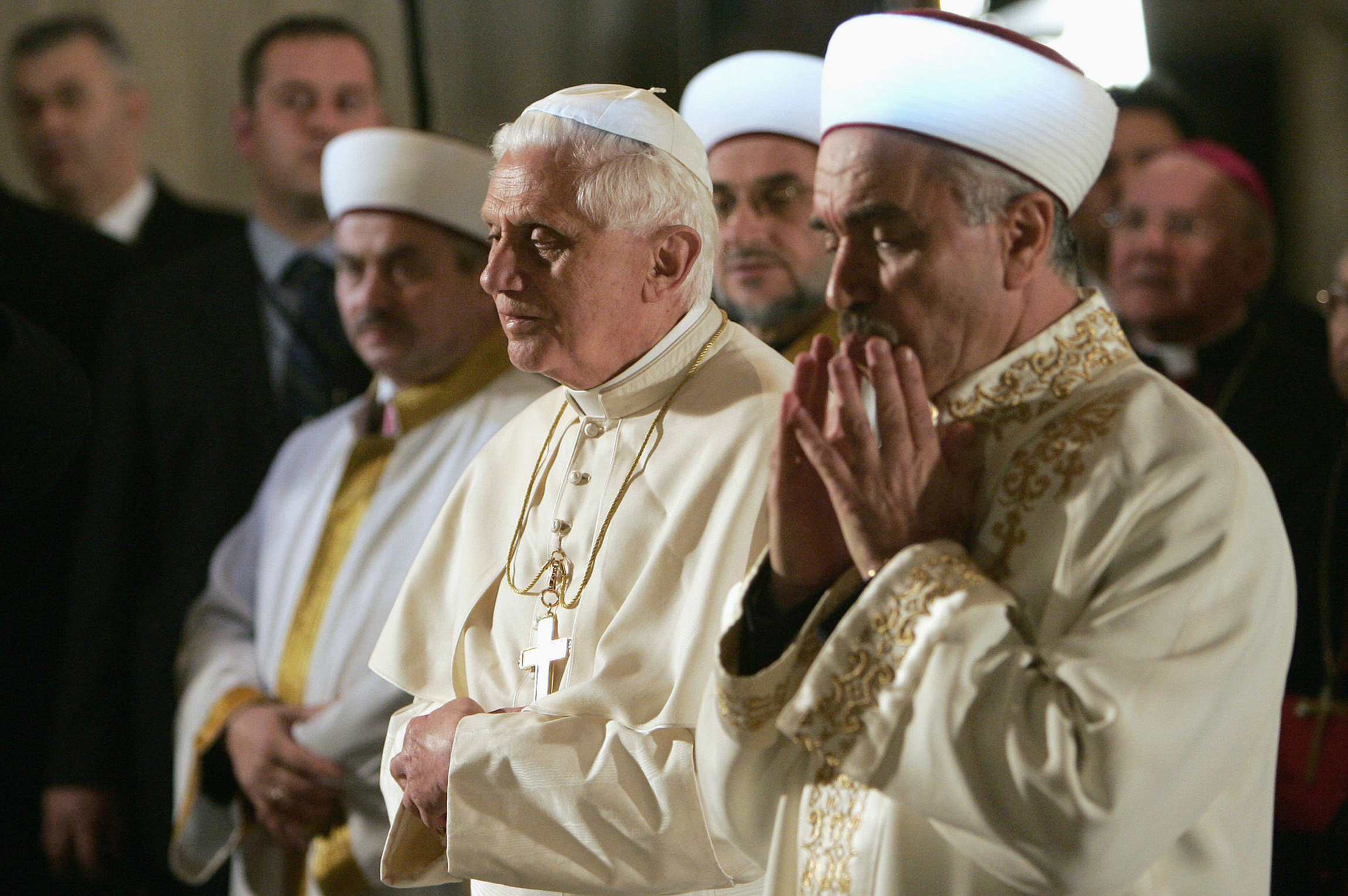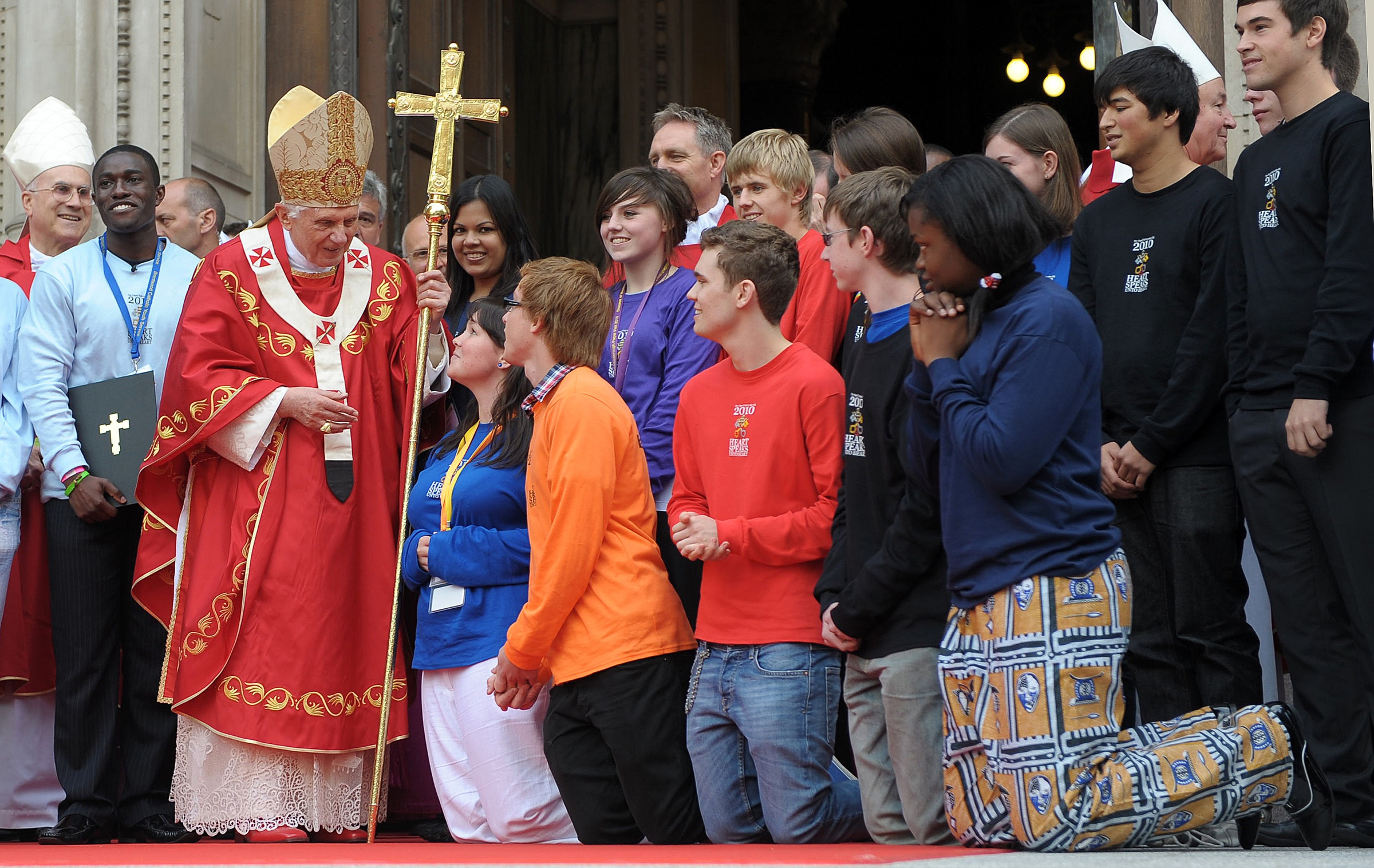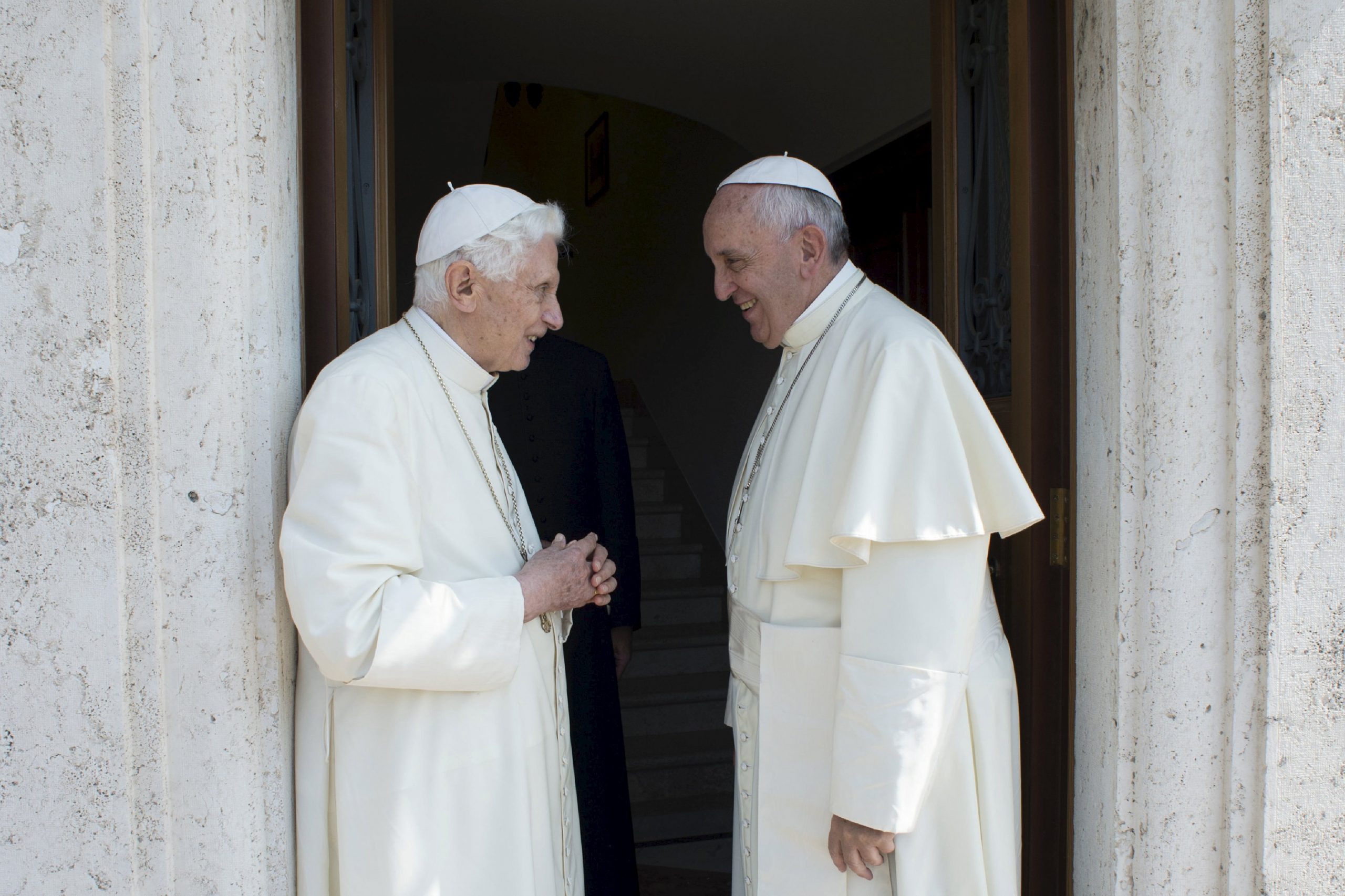

Benedict XVI as a Pope of Addition
Salt + Light Media
Monday, June 29, 2020

On June 29, 1951, Joseph Ratzinger was ordained to the priesthood. In honour of this anniversary of our Pope Emeritus, we wanted to share with you this gem from our archives, originally published in the Spring 2010 issue of Lampstand.
Benedict XVI as a Pope of Addition
by John L. Allen Jr.
When Benedict XVI was elected to the papacy almost five years ago, media stereotypes suggested he would be a pope of subtraction. “God’s Rottweiler” was seen as a disciplinarian who would seek a smaller and more insular Catholic Church – a leaner, meaner faith, leery about contamination by the outside world. It’s a keen irony, therefore, albeit one the world hasn’t quite yet noticed, that the great crises of Benedict’s pontificate so far can more accurately be read in terms of the turbulence of efforts to reach out. CONSIDER THREE CASES: 1. Benedict’s lecture at the University of Regensburg in September 2006, which stirred a firestorm in the Muslim world by appearing to link Muhammad with violence; 2. His lifting of the excommunications of four traditionalist bishops, including one who has minimized the Holocaust, in January 2009; 3. His creation of new structures, called “ordinariates,” to receive former Anglicans last November. Each move unleashed wide controversy, and each was read as an attempt to “roll back the clock” on the reforming Second Vatican Council in the mid-1960s. In retrospect, however, it seems clear that’s not quite what Benedict had in mind. Anyone who takes the time to read Benedict’s Regensburg lecture, for example, will find that his theme was the necessary synthesis between reason and faith, and his suggestion that both Islamic cultures and the West have historically veered too far in one direction or the other – the West by over-emphasizing reason, and Muslim societies by accenting faith to the exclusion of reason. In other words, this was a platform for learning from one another, not a charter document for a “clash of civilizations.”


John L. Allen Jr. is a well-known journalist and Vaticanista and editor of the Catholic news website Crux. He has written several books, including two on Pope Emeritus Benedict: Pope Benedict XVI: A Biography of Joseph Ratzinger and The Rise of Benedict XVI: The Inside Story of How the Pope Was Elected and Where He Will Take the Catholic Church.
Related Articles:
Category: Benedict XVI
Tag: Anglican Ordinariate, Catholic Muslim dialogue, excommunication, Regensburg, sex abuse crisis, Society of Saint Pius X
Pope Benedict XVI: A Lifelong Commitment to Ecumenism | One Body
Tuesday, January 31, 2023
 Sr. Donna Geernaert, SC
Sr. Donna Geernaert, SC
Pope Benedict XVI: A Lifelong Commitment to Ecumenism by Sr. Donna Geernaert, SC One day after his election to the papacy on April 19, 2005, Pope Benedict XVI addressed the College of Cardinals. He affirmed his commitment to the ecumenical agenda of his predecessor, Pope John Paul II, and identified his primary task […]
Theology in Public: Reflections on the Social Teaching of Benedict XVI
Friday, January 6, 2023
 Matthew Neugebauer
Matthew Neugebauer
Gratitude for a generous gift. That is my overwhelming response to the life, ministry, and towering intellect of Pope Emeritus Benedict XVI. Gratitude for this foremost public theologian of the 20th and early 21st centuries. Gratitude for his tireless efforts to communicate the faith of the Church in a world that is forgetting its theological […]
Pope Francis’ homily for the funeral of Pope Emeritus Benedict XVI
Thursday, January 5, 2023
 Pope Francis
Pope Francis
On January 5, Pope Francis presided over the funeral Mass of Pope Emeritus Benedict XVI at St. Peter’s Square. Read below the full text of the homily he gave on this solemn occasion: Homily of His Holiness Pope Francis St. Peter’s Square Thursday, 5 January 2023 “Father, into your hands I commend my spirit” […]
Catechesis on Discernment: Spiritual accompaniment
Wednesday, January 4, 2023
 Pope Francis
Pope Francis
In today’s catechesis on discernment, Pope Francis pays his respects to Benedict XVI and speaks on spiritual accompaniment and the Virgin Mary as a “great teacher of discernment.” Read the full text below: Dear brothers and sisters, good morning! Before beginning this catechesis, I would like us to join with those here beside us who […]
Spiritual Testament of Pope Emeritus Benedict XVI
Saturday, December 31, 2022
 Pope Emeritus Benedict XVI
Pope Emeritus Benedict XVI
A year into his pontificate, Benedict XVI wrote his Spiritual Testament. He thanked God, his parents, and loved ones, and reflected on the insights and challenges of theology in the 20th century. The Vatican released it on the day he died, December 31, 2022. Read the full text below: Spiritual Testament of Pope Emeritus Benedict […]










